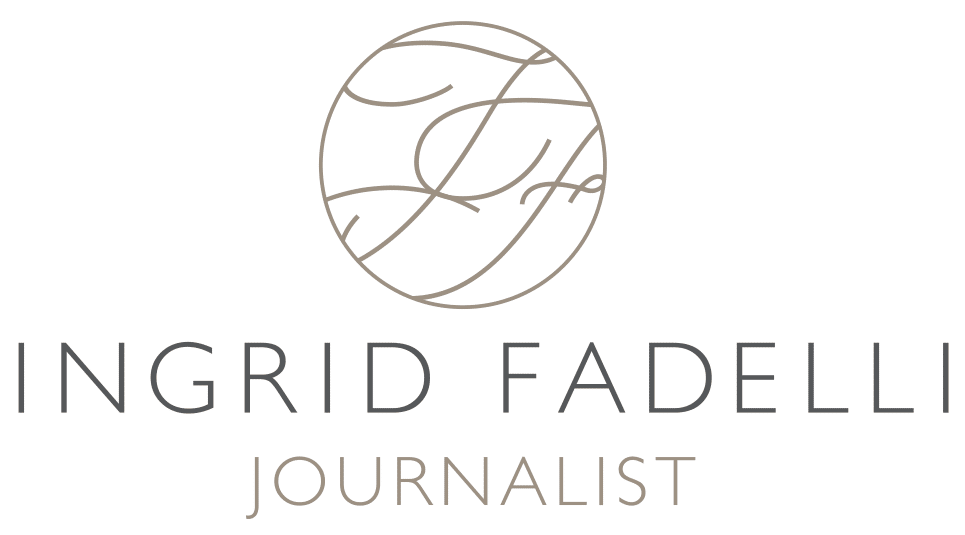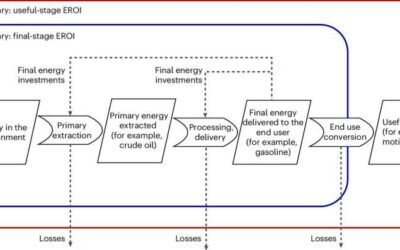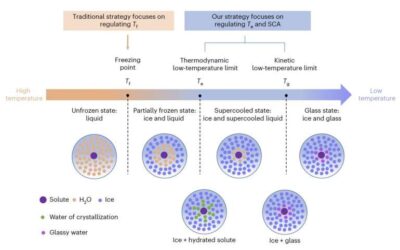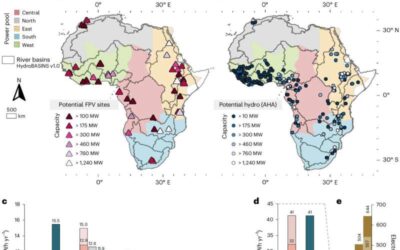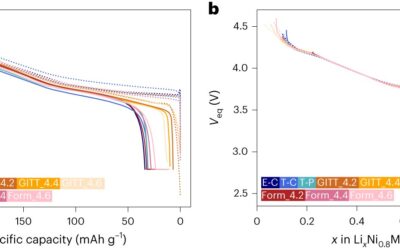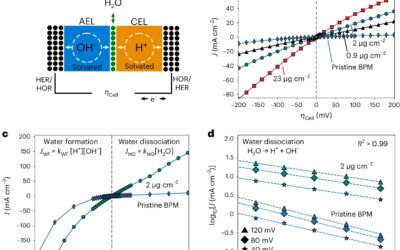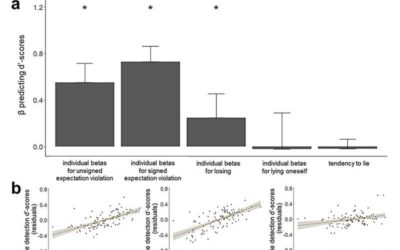The electrification of road vehicles has already begun, with most automotive companies now investing in hybrid and electric cars. While these efforts could contribute to reducing carbon emissions worldwide, they have so far been primarily focused on cars, rather than...
Energy & Green Tech
Transitioning to renewable energy systems might not entail a decline in net energy
Energy researchers have been trying to understand the implications of a transition to fully renewable energy for decades. Some past studies suggested that technologies to generate energy from renewable energy sources, such as solar panels and wind turbines, might not...
Exploring the potential of micro nuclear reactors for electrifying developing regions
The development of technologies to generate affordable electricity and their deployment in remote or developing geographical regions has been the topic of many recent studies. These studies could inform future interventions and policies in these regions, by...
A strategy to design anti-freezing electrolytes for batteries that can operate in extremely cold environments
Battery technologies that can reliably operate at very low temperatures could be highly valuable for a wide range of applications. These batteries could, for instance, power devices, vehicles, and robotic systems in outer space, deep under the sea, and in other...
Extending the lifespan of lithium-metal batteries using a fluorinated ether diluent
The design of battery technologies with increasingly longer lifespans could help to meet the growing needs of the electronics and automotive industry. Lithium (Li) batteries are the most widely used rechargeable batteries worldwide. Thus, devising strategies that can...
Floating photovoltaics could limit Africa’s future reliance on hydro-generated energy
Floating photovoltaics (FPV), also known as floating solar farms, are photovoltaic systems that can be deployed on the sea's surface or on other bodies of water. While their environmental impact is still the topic of debate worldwide, these systems could be highly...
A strategy to boost the efficiency of perovskite/organic solar cells
In recent years, researchers have been experimenting with a wide range of solar cell designs in the hope of facilitating their widespread deployment. Organic solar cells based on perovskite materials have been found to exhibit various advantages over conventional...
A framework to compare lithium battery testing data and results during operation
Reliably monitoring the amount of lithium (Li) present in rechargeable batteries, specifically in the so-called cathode active material (CAM), is key to understanding the condition of batteries from the time when it is fabricated to the end of its operation. However,...
New insight about the working principles of bipolar membranes could guide future fuel cell design
Bipolar membranes are a class of ion-conductive polymers comprised of two oppositely charged layers, known as the cation-exchange and anion-exchange layer. These membranes are central to the functioning of various technologies, including electrolyzers and hydrogen...
Exploring the resilience of the Texas power grid against extreme weather conditions
The Gulf Coast of the United States is often hit by tropical cyclones (TCs), hurricanes and other extreme weather phenomena, which can cause widespread electricity outages. Climate change and global warming are expected to increase the risk of these events occurring,...
